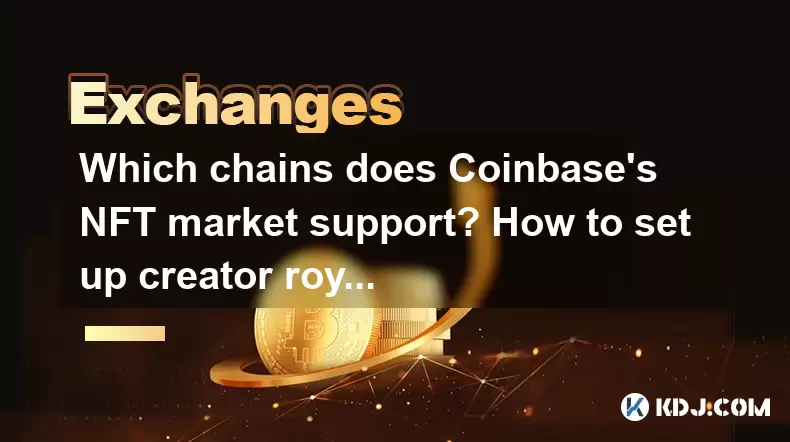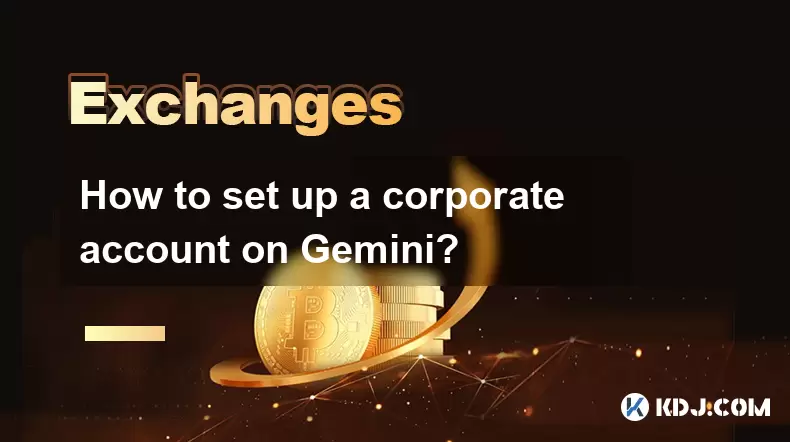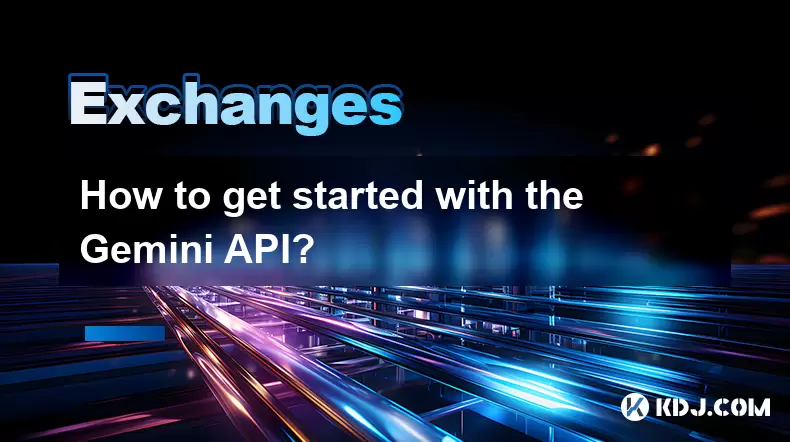-
 Bitcoin
Bitcoin $115000
0.12% -
 Ethereum
Ethereum $3701
4.50% -
 XRP
XRP $3.081
2.99% -
 Tether USDt
Tether USDt $0.0000
-0.01% -
 BNB
BNB $767.9
1.45% -
 Solana
Solana $169.5
3.13% -
 USDC
USDC $0.9999
0.01% -
 Dogecoin
Dogecoin $0.2106
4.30% -
 TRON
TRON $0.3334
1.62% -
 Cardano
Cardano $0.7564
2.54% -
 Stellar
Stellar $0.4165
0.76% -
 Hyperliquid
Hyperliquid $38.75
0.25% -
 Sui
Sui $3.593
3.00% -
 Chainlink
Chainlink $17.08
3.59% -
 Bitcoin Cash
Bitcoin Cash $573.6
4.35% -
 Hedera
Hedera $0.2508
-0.84% -
 Avalanche
Avalanche $23.07
6.46% -
 Ethena USDe
Ethena USDe $1.001
-0.02% -
 Litecoin
Litecoin $120.8
8.17% -
 UNUS SED LEO
UNUS SED LEO $8.943
-0.32% -
 Toncoin
Toncoin $3.400
-5.60% -
 Shiba Inu
Shiba Inu $0.00001255
1.54% -
 Uniswap
Uniswap $9.908
6.32% -
 Polkadot
Polkadot $3.718
2.10% -
 Monero
Monero $303.0
-0.74% -
 Dai
Dai $0.9999
-0.02% -
 Bitget Token
Bitget Token $4.392
0.91% -
 Cronos
Cronos $0.1403
6.31% -
 Pepe
Pepe $0.00001076
1.13% -
 Aave
Aave $267.2
1.80%
Which chains does Coinbase's NFT market support? How to set up creator royalties?
Coinbase NFT supports Ethereum and Polygon, offering low-cost minting, creator royalties up to 10%, and a range of file types for digital artists.
Jun 11, 2025 at 05:21 pm

Overview of Chains Supported by Coinbase NFT Marketplace
Coinbase's NFT marketplace is designed to offer a user-friendly and secure platform for buying, selling, and creating non-fungible tokens. Currently, the platform primarily supports the Ethereum blockchain, which is widely recognized for its robust smart contract capabilities and extensive NFT ecosystem. This means that most NFTs listed or minted on Coinbase NFT are built using the ERC-721 or ERC-1155 token standards.
In addition to Ethereum, Coinbase has also expanded support to include Polygon (MATIC), a Layer 2 scaling solution known for offering low-cost transactions and faster processing times. This expansion allows creators and collectors to interact with NFTs at reduced gas fees while maintaining compatibility with the broader Ethereum ecosystem. It’s important to note that although Ethereum and Polygon are the main chains supported, Coinbase may introduce additional blockchains in the future based on market demand and technological advancements.
How to Mint NFTs on Coinbase NFT
To create an NFT on Coinbase NFT, users must first connect their Coinbase Wallet or use a compatible Web3 wallet such as MetaMask. Once connected, they can navigate to the "Create" section of the platform. Here, they will be prompted to upload the digital file they wish to tokenize — whether it's an image, video, audio file, or 3D model.
After uploading the media, users need to provide metadata including the name, description, and attributes of the NFT. One crucial step during this process is selecting the blockchain on which the NFT will be minted — currently limited to Ethereum and Polygon. Choosing Polygon typically results in lower transaction costs, making it ideal for creators aiming to minimize expenses.
Following this, users must confirm the minting transaction through their wallet. Gas fees will vary depending on the selected chain and current network congestion. Upon successful confirmation, the NFT will appear in the creator's collection and can then be listed for sale.
Setting Up Creator Royalties on Coinbase NFT
A key feature for creators using the Coinbase NFT platform is the ability to earn royalties from secondary sales of their work. To enable this functionality, creators must set up royalty percentages before minting their NFT. During the creation process, there is an option to input the percentage of future sales that the creator would like to receive each time the NFT changes hands.
The royalty percentage can range from 0% to 10%, and it is applied automatically whenever the NFT is resold on a supported marketplace. Importantly, these royalties are enforced via smart contracts, ensuring that creators continue to benefit from the appreciation of their digital assets.
It should be emphasized that royalty settings cannot be changed after the NFT is minted, so creators should carefully consider the percentage they choose before finalizing the minting process. Additionally, not all marketplaces respect creator royalties, but Coinbase NFT ensures enforcement within its own ecosystem.
Supported File Types and Metadata Standards
Coinbase NFT accepts a wide variety of digital file types for NFT creation. These include common formats such as PNG, JPEG, GIF, MP4, MP3, GLB (for 3D models), and more. The platform also allows creators to embed metadata directly into their NFTs, providing richer context and enhancing discoverability.
Metadata fields include customizable options such as name, description, properties, levels, and stats. These fields help categorize NFTs and improve how they are displayed on the platform. Creators can also define specific traits and rarities, which can influence buyer interest and overall value perception.
When minting, creators have the ability to generate multiple editions of the same asset or issue a one-of-a-kind piece. Each edition can carry unique identifiers or variations, allowing for dynamic collections and series-based projects.
Fees and Transaction Costs on Coinbase NFT
Understanding the fee structure is essential for both buyers and sellers on Coinbase NFT. When minting an NFT, users are charged network transaction fees (commonly referred to as gas fees), which depend on the selected blockchain and current network activity.
For Ethereum, these fees can fluctuate significantly, especially during periods of high demand. In contrast, Polygon offers consistently lower fees, making it a popular choice for cost-conscious creators. Coinbase does not charge any upfront listing fees, but it does collect a service fee upon the successful sale of an NFT.
The standard service fee is 2.99% of the sale price, excluding any applicable creator royalties. Buyers may also incur small transaction fees when purchasing NFTs, depending on the payment method used (e.g., credit card vs. crypto transfer).
FAQ: Frequently Asked Questions
Q: Can I transfer my NFTs from Coinbase NFT to other platforms?
Yes, once you mint or purchase an NFT on Coinbase NFT, it resides in your wallet and can be transferred to other compatible wallets or marketplaces. However, if you set up creator royalties, those will only apply on platforms that enforce them.
Q: Is there a minimum royalty percentage I can set?
No, you can choose to set your royalty percentage anywhere between 0% and 10%. Setting it to 0% means you won’t receive any income from future resales unless the buyer decides to gift you a portion separately.
Q: How do I check if my NFT is earning royalties?
You can view royalty earnings by checking your wallet address on supported marketplaces or by reviewing transaction history within your Coinbase Wallet. Earnings are typically received automatically in the form of ETH or MATIC, depending on the blockchain used.
Q: Are there plans for Coinbase NFT to support Solana or other chains?
As of now, official support is limited to Ethereum and Polygon, but Coinbase has indicated openness to expanding chain support in response to user demand. No official announcements have been made regarding Solana or other networks.
Disclaimer:info@kdj.com
The information provided is not trading advice. kdj.com does not assume any responsibility for any investments made based on the information provided in this article. Cryptocurrencies are highly volatile and it is highly recommended that you invest with caution after thorough research!
If you believe that the content used on this website infringes your copyright, please contact us immediately (info@kdj.com) and we will delete it promptly.
- Solana Memecoin Launchpads: A Wild Ride with LetsBONK.fun Leading the Charge
- 2025-08-05 17:30:12
- Crypto Volatility & Token Unlocks: Navigating the Storm
- 2025-08-05 16:30:13
- SUI Traders Eye Discount: Is Now the Time to Buy?
- 2025-08-05 16:30:13
- Bitcoin Price in August: Will the BTC Rally Continue?
- 2025-08-05 17:35:12
- Decentralized Perpetuals Soar: Volume Hits All-Time High, Leaving CEXs in the Dust?
- 2025-08-05 16:50:12
- Decoding MYCUSD: Crypto Forecasting for Digital Asset Success
- 2025-08-05 16:50:12
Related knowledge

How to set and manage alerts on the Gemini app?
Aug 03,2025 at 11:00am
Understanding the Gemini App Alert SystemThe Gemini app offers users a powerful way to stay informed about their cryptocurrency holdings, price moveme...

How to use the Gemini mobile app to trade on the go?
Aug 04,2025 at 09:14am
Setting Up the Gemini Mobile AppTo begin trading on the go using the Gemini mobile app, the first step is installing the application on your smartphon...

How to set up a corporate account on Gemini?
Aug 05,2025 at 03:29pm
Understanding Gemini Corporate AccountsGemini is a regulated cryptocurrency exchange platform that supports both individual and corporate account crea...

What to do if you forgot your Gemini password?
Aug 04,2025 at 03:42am
Understanding the Role of Passwords in Gemini AccountsWhen using Gemini, a regulated cryptocurrency exchange platform, your password serves as one of ...

What are the websocket feeds available from the Gemini API?
Aug 03,2025 at 07:43pm
Overview of Gemini WebSocket FeedsThe Gemini API provides real-time market data through its WebSocket feeds, enabling developers and traders to receiv...

How to get started with the Gemini API?
Aug 05,2025 at 12:35pm
Understanding the Gemini API and Its PurposeThe Gemini API is a powerful interface provided by the cryptocurrency exchange Gemini, enabling developers...

How to set and manage alerts on the Gemini app?
Aug 03,2025 at 11:00am
Understanding the Gemini App Alert SystemThe Gemini app offers users a powerful way to stay informed about their cryptocurrency holdings, price moveme...

How to use the Gemini mobile app to trade on the go?
Aug 04,2025 at 09:14am
Setting Up the Gemini Mobile AppTo begin trading on the go using the Gemini mobile app, the first step is installing the application on your smartphon...

How to set up a corporate account on Gemini?
Aug 05,2025 at 03:29pm
Understanding Gemini Corporate AccountsGemini is a regulated cryptocurrency exchange platform that supports both individual and corporate account crea...

What to do if you forgot your Gemini password?
Aug 04,2025 at 03:42am
Understanding the Role of Passwords in Gemini AccountsWhen using Gemini, a regulated cryptocurrency exchange platform, your password serves as one of ...

What are the websocket feeds available from the Gemini API?
Aug 03,2025 at 07:43pm
Overview of Gemini WebSocket FeedsThe Gemini API provides real-time market data through its WebSocket feeds, enabling developers and traders to receiv...

How to get started with the Gemini API?
Aug 05,2025 at 12:35pm
Understanding the Gemini API and Its PurposeThe Gemini API is a powerful interface provided by the cryptocurrency exchange Gemini, enabling developers...
See all articles

























































































